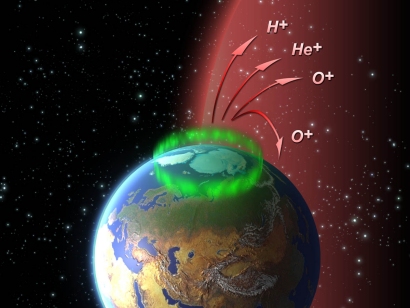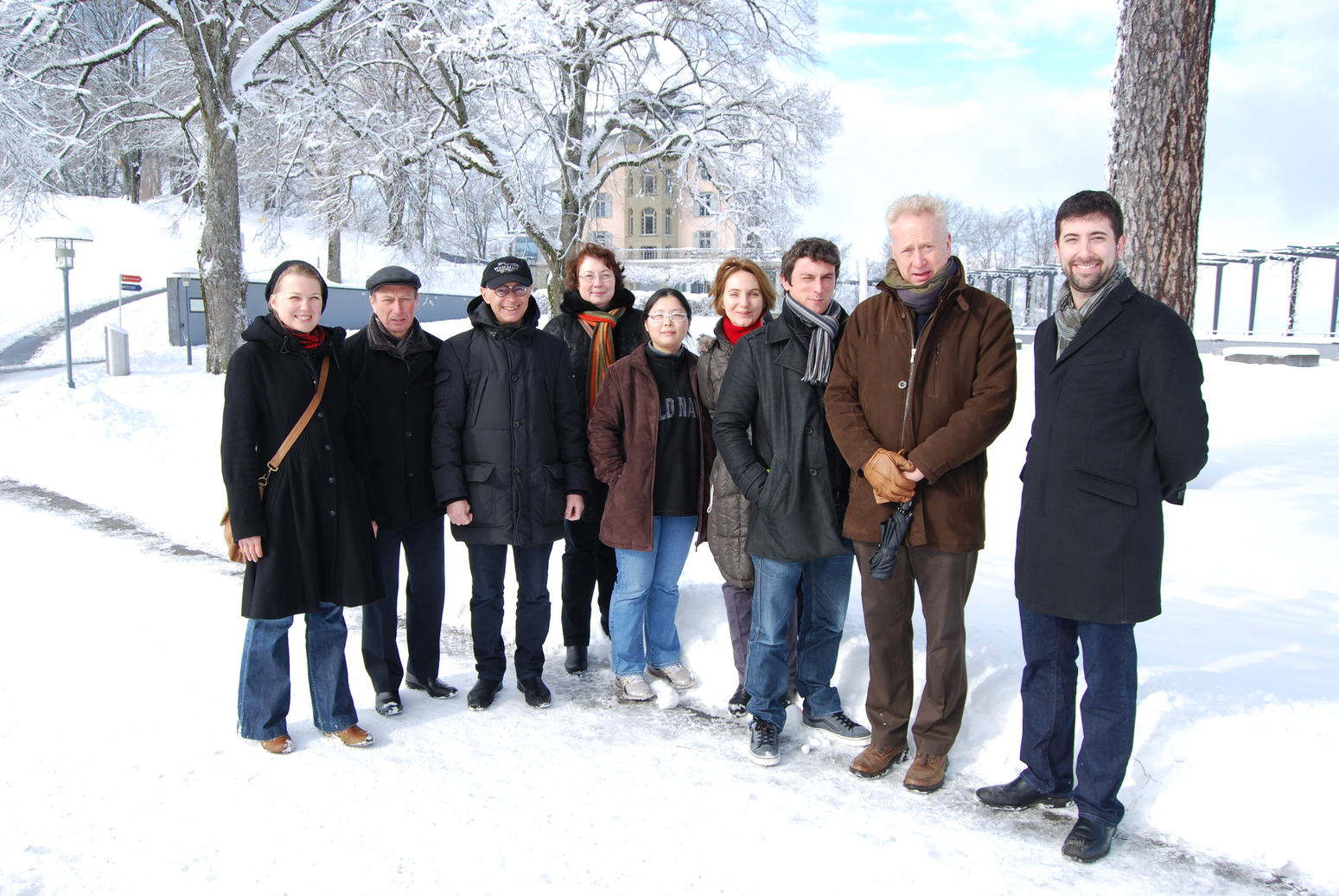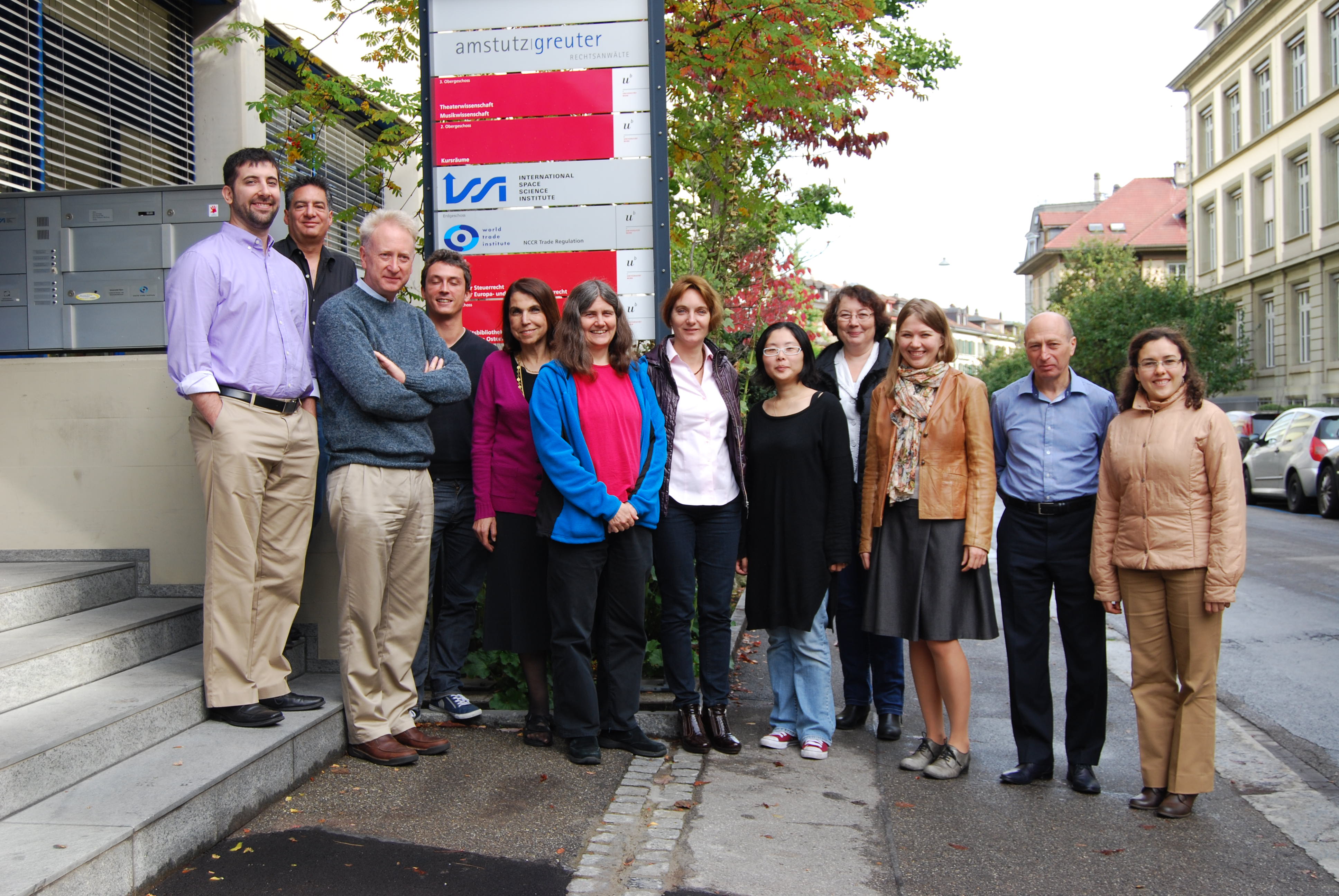About

Credit: ESA – C. Carreau
Knowledge about the ion composition in the near-Earth's magnetosphere and plasma sheet is essential for the study of magnetospheric processes and instabilities.
Ionospheric-origin ions modify the density, temperature and composition of the plasmasheet, the main reservoir of magnetospheric plasma. The presence of ionospheric-origin heavy ions, in particular O+, influences reconnection rates and the formation of Kelvin–Helmholtz instabilities, important drivers of global magnetospheric dynamics on which other systems (ring current, radiation belts) are dependent.
It is a challenging task to include the ionospheric ion contribution in numerical studies of the magnetotail, ring current and radiation belt. Estimating the ion composition is important for defining the boundary conditions in such simulations. Therefore, knowledge of the ion abundance ratio and its dependence on the solar wind and magnetospheric conditions are required. It is also important to know in which form the modelers need the results of data analysis in order to incorporate them into their models. The improvement of numerical models via verification against data is an important activity towards better understanding of near-Earth space weather.
We propose an ISSI team to gather observations and modelling specialists combine the best databases (Cluster) and models, and investigate the role of the heavy ion contribution on the dynamics of the near-Earth magnetosphere. It is the right moment to bring together experts from these different fields to obtain a vastly improved understanding of the near-Earth magnetospheric dynamics as: (1) We have already collected the data from one full solar cycle; (2) Models rapidly developing the ability to account for these heavy ions and thus require verification; (3) It links well with the Radiation Belts Storm Probes (RBSP) mission. The work of this team will yield three essential products that will be made available to the whole community: complete composition data sets that span wide spatial and energy regimes, validation of heavy ion capabilities of widely used numerical models, and a peer-reviewed journal special section that chronicles our scientific findings.
Members

From left to right: David Shklyar, Ilya Kuzichev, Elena Grigorenko, Iannis Dandouras, Romain Maggiolo, Elena Kronberg, Lynn Kistler, Jing Liao, Helmi Malova, Dominique Delcourt, Daniel Welling
| Prof. Maha Ashour-Abdalla | University of California, Los Angeles, USA | analytic theory and simulations of the plasma acceleration |
| Dr. Iannis Dandouras | Institut de Recherche en Astrophysique et Planétologie, France (Research Institute in Astrophysics and Planetology) |
Cluster bulk plasma data |
| Dr. Dominique Delcourt | Laboratoire de Physique des Plasmas, France (Laboratory of Plasma Physics) |
theoretical modelling of ion acceleration |
| Dr. Elena Grigorenko | Институт Космических Исследований, Russia (Space Research Institute) |
ion acceleration modelling |
| Prof. Lynn Kistler | University of New Hampshire, USA | Cluster bulk plasma data |
| Dr. Elena Kronberg (team leader) |
Max-Planck-Institut für Sonnensystemforschung, Germany (Max Planck Institute for Solar System Research) |
Cluster energetic particle observations |
| Dr. Romain Maggiolo | Institut d'Aéronomie Spatiale de Belgique, Belgium (Belgian Institute for Space Aeronomy) |
Cluster bulk plasma data |
| Dr. Helmi Malova | Институт Космических Исследований, Russia (Space Research Institute) |
ion acceleration modelling |
| Dr. David Shklyar | Институт Космических Исследований, Russia (Space Research Institute) |
radiation belt modelling |
| Dr. Yuri Shprits | University of California, Los Angeles, USA | radiation belt modelling |
| Dr. Daniel Welling | University of Michigan, USA | global MHD modelling of the ring current |
| Young scientists: | ||
|---|---|---|
| Ilya Kuzichev | Институт Космических Исследований, Russia (Space Research Institute) |
waves in the near-Earth space |
| Jing Liao | University of New Hampshire, USA | Cluster bulk plasma data |
| External experts: | ||
| Ksenia Orlova | University of California, Los Angeles, USA | radiation belt modelling |
| Vahe Peroomian | University of California, Los Angeles, USA | analytic theory and simulations of the plasma acceleration |
| Lev Zelenyi | Институт Космических Исследований, Russia (Space Research Institute) |
ion acceleration modelling |

Meetings
- First meeting: 4–8 February 2013, Bern, Switzerland
- AGU Session: SM31E Planetary Ion Sources and Magnetospheric Impacts I, December 5, 2012, San Francisco, USA
- SM31E Planetary Ion Sources and Magnetospheric Impacts II Posters, December 6, 2012
- EGU Session: ST 2.5 Heavy ions and their dynamical impact on the magnetosphere, 7–12 April, Vienna, Austria
- Second meeting: 14–18 October 2013, Bern, Switzerland

From left to right: Daniel Welling, Vahe Peroomian, Dominique Delcourt,Romain Maggiolo, Maha Ashour-Abdalla, Lynn Kistler, Elena Grigorenko, Jing Liao, Helmi Malova, Elena Kronberg, David Shklyar, Ksenia Orlova
Publications
- Shklyar D. R., and I. V. Kuzichev (2014), Ion energization by ELF wave packets formed of lightning-induced emission in the low-altitude magnetosphere, Geophys. Res. Lett., 41, doi:10.1002/2013GL058692
- Luo, H., E. A. Kronberg, E. E. Grigorenko, M. Fränz, P. W. Daly, G. X. Chen, A. M. Du, L. M. Kistler, and Y. Wei (2014), Evidence of strong energetic ion acceleration in the near-Earth magnetotail, Geophys. Res. Lett.,41, doi:10.1002/2014GL060252
- Kronberg E. A., M. Ashour-Abdalla, I. Dandouras, D. C. Delcourt, E. E. Grigorenko, L. M. Kistler, I. V. Kuzichev, J. Liao, R. Maggiolo, H. V. Malova, K. G. Orlova, V. Peroomian, D. R. Shklyar, Y. Y. Shprits, D. T. Welling, L. M. Zelenyi, Circulation of Heavy Ions and Their Dynamical Effects in the Magnetosphere: Recent Observations and Models, Space Sci. Rev., 184:173-235, (2014) doi:10.1007/s11214-014-0104-0
- Kronberg E. A., E. E. Grigorenko, S. E. Haaland, P. W. Daly, D. C. Delcourt, H. Luo, L. M. Kistler, and I. Dandouras (2015), Distribution of energetic oxygen and hydrogen in the near-Earth plasma sheet, J. Geophys. Res., 120, doi:10.1002/2014JA020882


